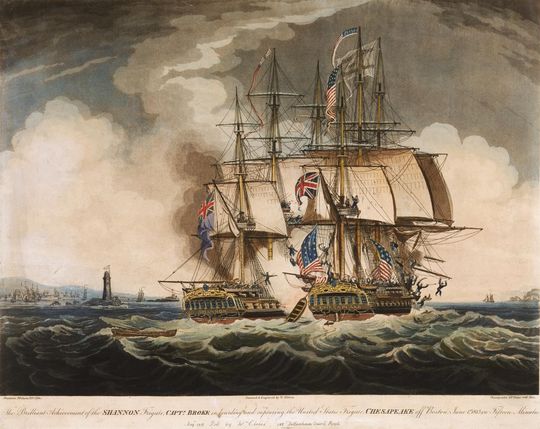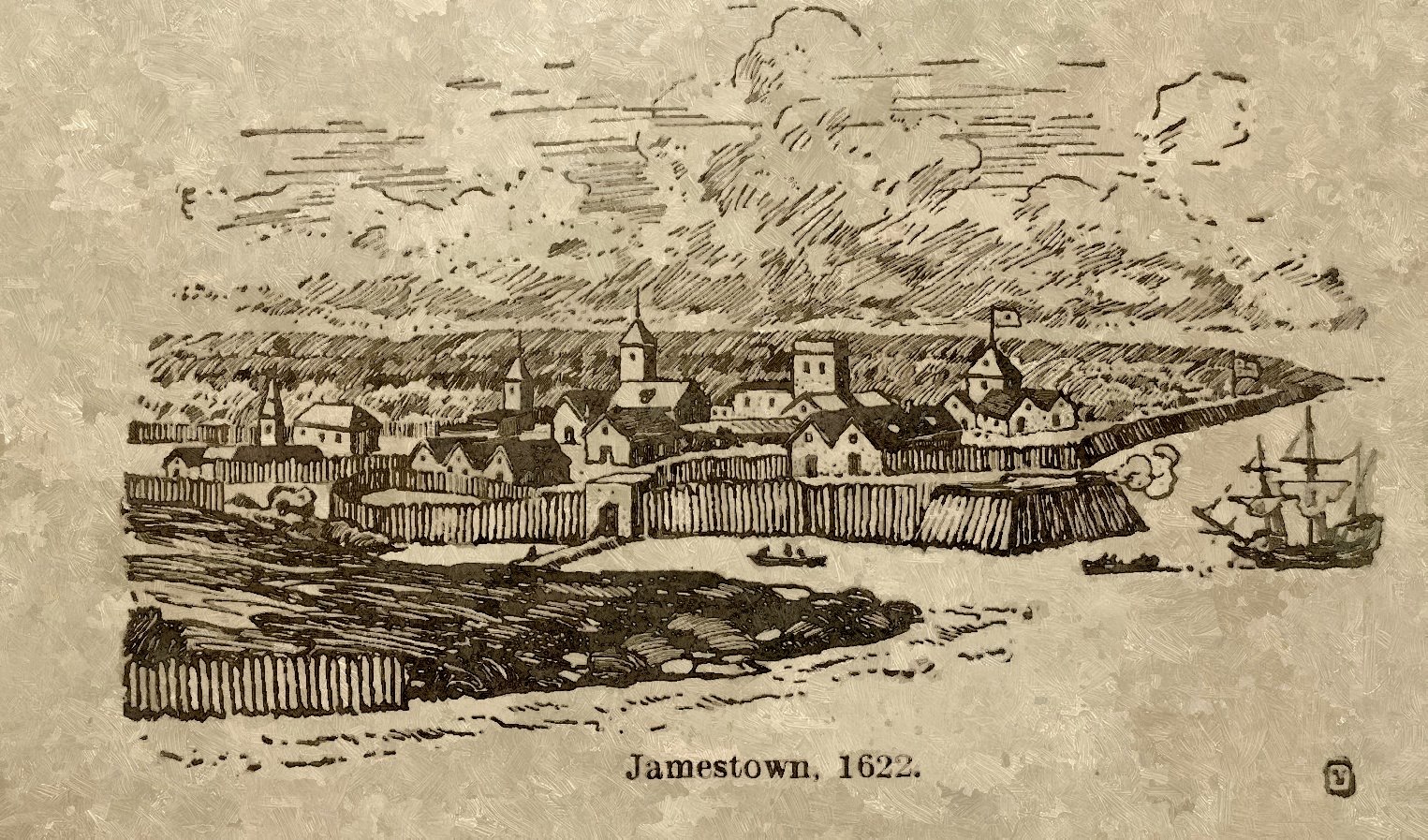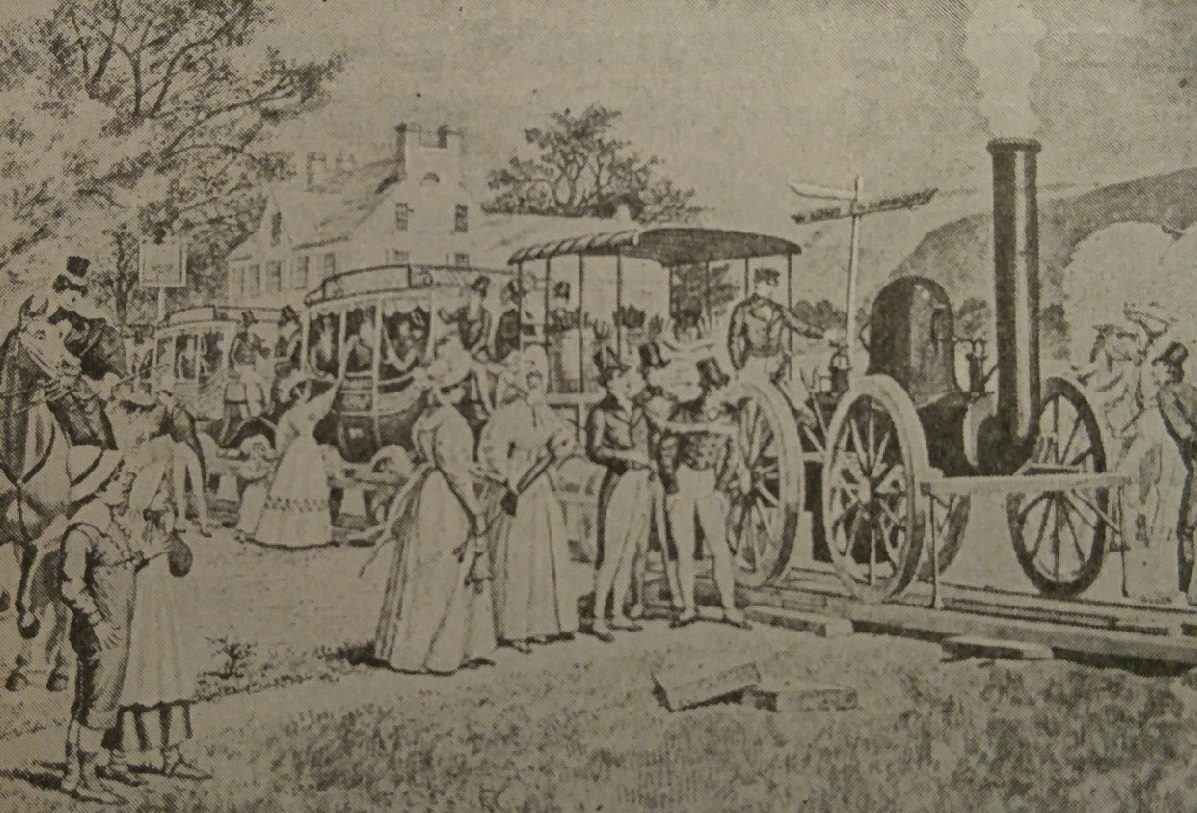#OTD, June 1, 1813, an American Navy Captain, as he lay dying, shouts out his heroic final command, which becomes the rallying cry of his countrymen. Who was he? What was his command? Here’s the story.
Don’t Give Up the Ship!
The United States Navy was in its infancy during the War of 1812. Although it suffered defeats, it achieved some brilliant victories. For example, Captain James Lawrence, who commanded the Hornet, captured the British brig called the Peacock, after which he took command of the Chesapeake.
Then, on June 1, 1813, while refitting the Chesapeake at Boston, Captain Phillip Bloke of the British Frigate Shannon was lying just off the harbor. He sent a message to Captain Lawrence, challenging him to a naval duel. Captain Lawrence was at a significant disadvantage:
First, he recently discharged some of his crew.
Second, those still on board hadn’t been paid and were near mutiny.
Third, these remaining men only had a few weeks of training.
Finally, the Chesapeake was partially disabled.
The situation was grim. However, the brave Captain accepted the challenge and headed to sea with his half-busted ship and untrained crew.
The Chesapeake didn’t fare well. The British took advantage and boarded her. Bloody hand-to-hand combat followed. All officers onboard were killed or wounded, including Captain Lawrence. As he lay dying, covered in blood, the dying Captain issued his final heroic order:
“Don’t Give Up The Ship!”
Unfortunately, the crew couldn’t fulfill the command as the British overpowered them. However, Captain Lawrence’s words became the rallying cry of his countrymen, inspiring a turn in the tide of the war just a few months after his death.
Inspired by Words
There was the dangerous possibility that the British could take possession of the Great Lakes, enabling them to send troops across Lake Erie to occupy American soil. The American Captain Oliver H. Perry gathered a fleet of nine armed vessels, five of which his men built out of timber on the banks of the lake. Perry manned the flag-ship Lawrence, named after the fallen hero. The crew of the Lawrence hoisted a flag with the words “Don’t Give Up the Ship” woven on it. Do you have chills? Can you guess where this is going?
With the Lawrence leading the way, the American Navy met a British fleet on Lake Erie, and a hot battle ensued. The Lawrence sank. Perry escaped the wreckage with his twelve-year-old brother, and together they rowed in a small vessel right through the thick of the battle for another ship. The rowboat took heavy fire, and bullets shredded Perry’s little brother’s hat. They made it to another boat and led the fleet to Victory!
Perry sent this message to General Harrison, who was defending Ohio:
“We have met the enemy, and they are ours!”
The battle was a turning point, and the British never rechallenged the Old Northwest. Captain Lawrence and his men courageously faced overwhelming odds and perished, but their example inspired the American Navy to turn the tide of the war.






